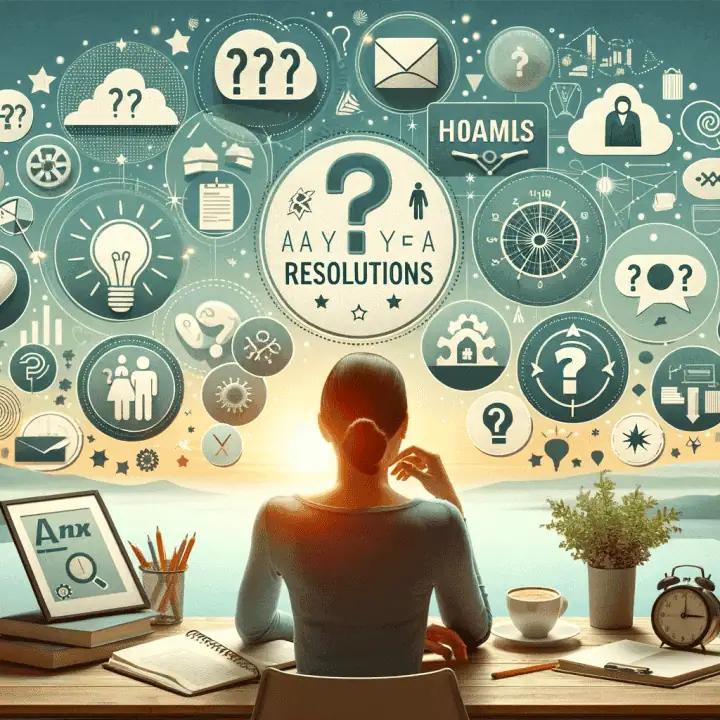States and Performance
State
State can be described as the set of specific values in a person’s physiology, neurology and biochemistry that give rise to their behavioural expression and their subjective experience of themselves and the world in any given moment. Some states recur in each culture with sufficient frequency to have acquired labels in the appropriate language. Examples include joy, depression, happiness, angst, and joie de vivre. Naming states implies a commonality of experience, which is not necessarily the case. Naming states does not describe the differences in individual subjective experience that actually exist within any particular named state: I.e. one person’s generation and experience of elation, misery or anxiety will be different from someone else’s and two people deliberately generating the same conditions within their bodies may call the resulting state by different names. One part of exceptional effectiveness is the state we are in and that state can become a matter of choice.
“One part of exceptional effectiveness is the state we are in and that state can become a matter of choice.”
A person’s state is the condition in which they find themselves in any given moment. It includes our emotional experience and the placing and use of our attention on aspects of the world and/or our internal experience. Our states are altering, often imperceptibly, from moment to moment as we breathe, move and shift our attention. Yet most of the time, we operate under the illusion that our state remains relatively constant. Many people believe that they cannot alter their state on demand to create an optimal state for a context or a socially appropriate state for an event.
Performance
There is a relationship between our state and the quality of performance we can generate. A high performance state is an optimal state for taking a particular course of action in a specific context. It is not necessarily a high intensity, energetically expressive, loud, leaping state. That is just one example, derived from the personal development movement, in which such states were proposed for taking massive (unspecified) action. A high performance state for book keeping would be completely different as would a high performance state for engaging and holding an audience’s attention when giving an advanced lecture on a serious topic.
“There is a relationship between our state and the quality of performance we can generate. “
When we have a special event to attend or a specific activity to complete, we want a state that allows us access to all the relevant resources we need and enables us to express ourselves fluently and appropriately for the context. On some days we feel more resourceful than others and many of us only dream of being able to change that. The first step is to recognise that we can change our state, to believe that states are amenable to change and can be altered to fit the person’s circumstances.
If the idea of a person changing their state deliberately is too unlikely to contemplate, nature has provided plenty of examples of state changes in daily life. Vigorous physical activity is one such example. Any exercise teacher can confirm that people arriving for class at the end of the work day are still in work mode. Their attention has shifted completely by the end of the class, no longer preoccupied with things that happened at work, often in a lighter mood, stretched, relaxed, and ready for the evening. Laughing changes people’s state; so does listening to music, watching television, reading, or playing with our children or pets. Going for a brisk walk for about 10 minutes will change our state and thereby allow different ideas and resources to become available if we are stuck or out of ideas. Even a single piece of information can prompt a change in our state.
The second step is to identify the qualities of the state we want and those of the state we have been in and want to change. This is known as taking an inventory of our state. There are several sets of qualities which we can use to do this, including our use of attention, qualities of posture, movement, and levels of muscular tension. It helps to be able to step metaphorically out of our own shoes into an observer’s position so we can effectively see and hear ourselves from outside our own skin. This brings our state into relief, so we can identify its elements. If we are familiar with the observer’s position, this alone helps us to get out of a pervasive and unwanted state. At least two forms of inventory and the observer position are learned routinely in the first units of the Grad Cert NLP. Self management is an essential skill in creating tailored high performance states.
Dr. John Grinder, the co-originator of NLP and of the New Code, proposes a relationship between the way we are breathing, our physiology, our state, and our performance. He calls it the Chain of Excellence. His proposal is that if we want to create a natural high-performance state that fits us and adapts to our context, we need to change state. To do this we need to alter the way we use our bodies – our physiology and the simplest way to do that is to change the way we are breathing. Generally, if we are anxious or concerned about something, our breathing becomes shallow and possibly irregular. A good place to start for most resourceful states is to deepen our breathing and make it slow and regular. Changing state this way takes a few minutes. The kinaesthetic system moves more slowly than sounds and images, so it is not instant. If you believe you have tried something like this without results, give it at least three minutes. It will not necessarily create the perfect high performance state for your immediate needs, but it will be a marked improvement. To get specific, good NLP training or coaching is a source of skill.
Putting It All Together
Ideally, once we are aware of a context where we want a high performance state, we can create one to fit the bill. This is best done with the cooperation of our unconscious resources. The rational mind is very good at defining the context and describing the job to be done there, but it is not the resource of choice for determining what qualities need to be in the desired state. The cognitive unconscious can take the conscious description and provide qualities that allow for flexibility in the state, as well as the most fitting attributes to begin it. A high performance state is the most fitting set of qualities and attributes for completing the tasks and interactions that actually occur in a specific context, not just those that were expected.
“We can manage, change, create and use our states to foster our best performance in a variety of contexts.”
We can learn to manage, change, create, use, and organise our states to foster our best performance in a variety of contexts, public, private, social, formal, and informal. It gives us an edge in our professional lives and reduces unwanted stress anywhere. It is possible, demonstrable, and can be learned safely and naturally from competent NLP New Code coaches, management consultants, and trainers, and they do contribute to exceptional effectiveness.
Related articles
Learn more about NLP by reading our Ultimate Compendium of NLP
If you found this article useful, please share.
Similar Posts
Subscribe Now!
Stay Up-to-Date with Our Latest Courses and Special Offers
Stay in the loop with new course releases and opportunities by completing our form. Never miss out!


